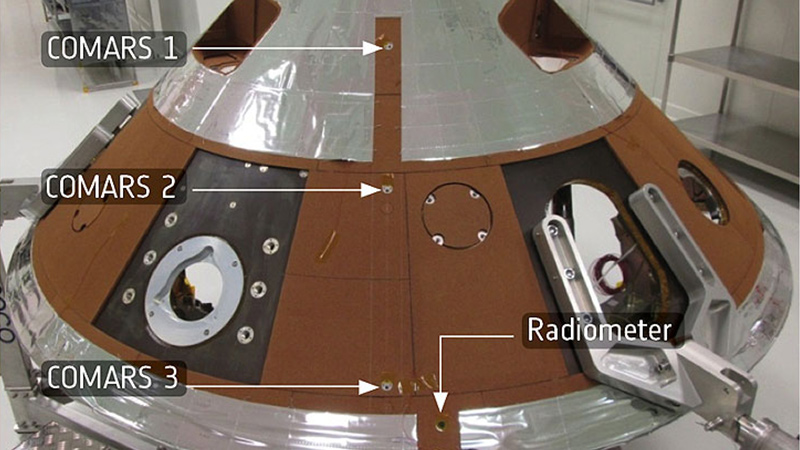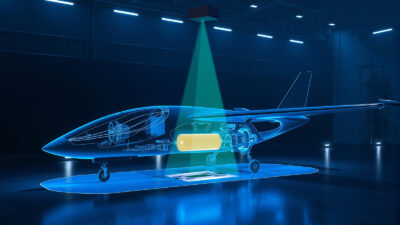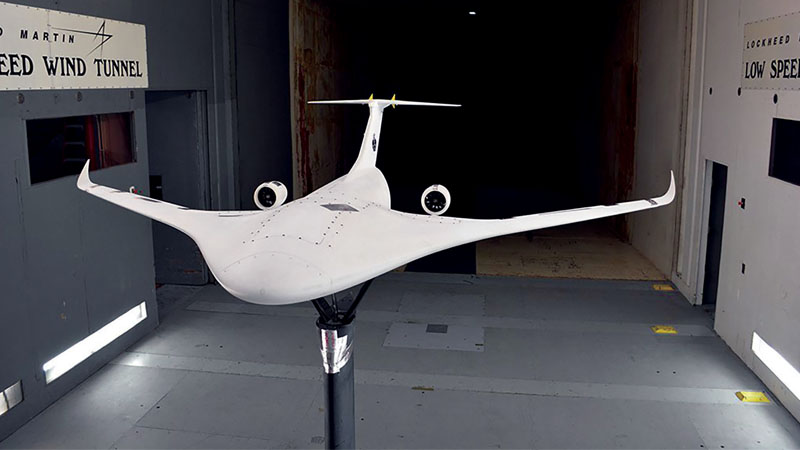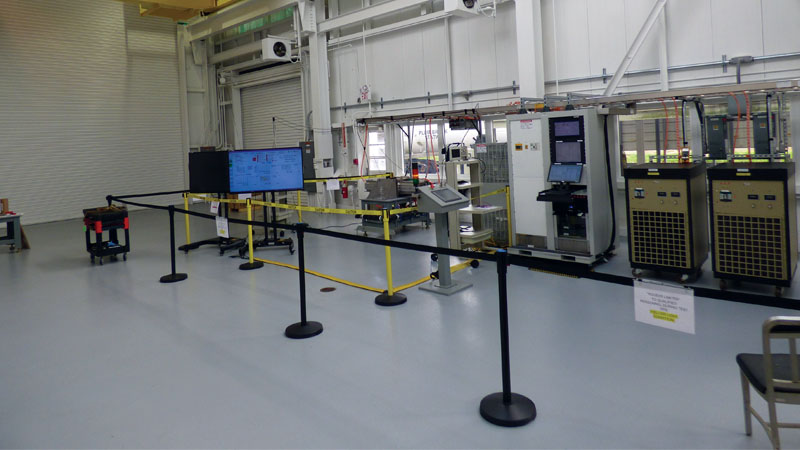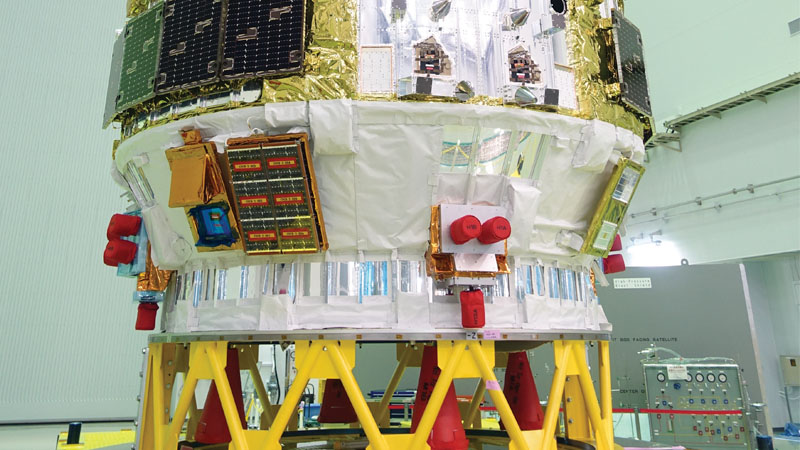Validating advanced thermophysics models
By AARON BRANDIS and ROSS CHAUDHRY|December 2017
The Thermophysics Technical Committee promotes the study and application of mechanisms involved in thermal energy transfer and storage in gases, liquids and solids.
In 2017, the thermophysics community obtained aerothermal flight data at Mars, improved the ability to use fundamental chemistry data in design tools, and investigated meteor entry in high-enthalpy experimental facilities.
Researchers from the European Space Agency’s ExoMars mission in June presented flight data from the Schiaparelli module’s entry into the Martian atmosphere. The data obtained during Schiaparelli’s descent will be invaluable for validating models used to design thermal protection systems for future Mars missions. Reliable flight data is essential for the optimization of heat shield design, which in general is carried out with relatively high safety margins. High margins compensate for the large uncertainties associated with simulation tools when used to predict aerothermal loads on a spacecraft. For example, consider the radiative heating that is created by hot carbon dioxide molecules in the flow around the back-shell. This heating mechanism has not been accounted for in most previous Mars mission designs. Therefore, DLR, the German Aerospace Center, developed the Combined Aerothermal and Radiation Sensor package, called COMARS+, to measure the aerothermal and radiative loads at different backshell positions on Schiaparelli. COMARS+ consisted of three combined aerothermal sensors, one broadband radiometer sensor and an electronic box. Because Schiaparelli crashed on the Mars surface, DLR could not retrieve the complete data package. However, communications between the Schiaparelli module and the orbiter during entry allowed data to be transmitted at 10 trajectory points. Ongoing post-flight analysis, including tests in the arc jet facility L2K at DLR Cologne, are providing unique data for future Martian missions.
Computational chemists at the University of Minnesota in July and October published potential energy surfaces, or PESs, for O2 + O2 and O2 + O interactions relevant to conditions representative of hypersonic speeds. PESs are high-quality fits of the atomic forces that exist during molecular collisions and are used to investigate the dynamics of a dissociating gas, which are often in thermal non-equilibrium. These investigations lead to an improved understanding of reaction rates implemented in computational fluid dynamic simulations. Researchers in aerospace departments at the University of Illinois at Urbana-Champaign and the University of Minnesota use PESs with two different methods to predict non-equilibrium internal energy distributions. In a collaboration presented at AIAA’s 2017 Aviation/Thermophysics Conference, these two methods were demonstrated to be consistent for the case of nitrogen dissociation. PESs are now available for many important reactions relevant to Earth entry, and by correctly modeling non-equilibrium and its effect on chemical kinetics, this work is expected to lower uncertainty margins and enable novel vehicle design.
Thermophysics research groups this year leveraged high-enthalpy experimental facilities traditionally used for testing spacecraft thermal protection system materials to study the complex phenomena of a meteor entering Earth’s atmosphere. Researchers in Japan studied synthetic meteorites in an arc heated wind tunnel in preparation for a planned artificial meteor shower at the 2020 Olympic Games. Groups in Europe, at the von Karman Institute and the University of Stuttgart, used plasma wind tunnel facilities, including the Plasmatron and PWK1 respectively, to study emission spectra from meteorite samples. At NASA’s Ames Research Center in California, meteoroid ablation was studied in detail in the Interaction Heating Facility in July to aid in developing models for asteroid threat assessment. The data from all of these experiments are being used to advance state-of-the-art numerical modeling of meteor entries.
By obtaining aerothermal heating flight data at Mars, understanding how to efficiently use elaborate quantum chemistry data in production design tools, and investigating the physics of meteor entry in high-enthalpy ground tests, the ability to validate complex thermophysics models is greatly improved.
Contributors: Ali Guelhan and Eric Stern

